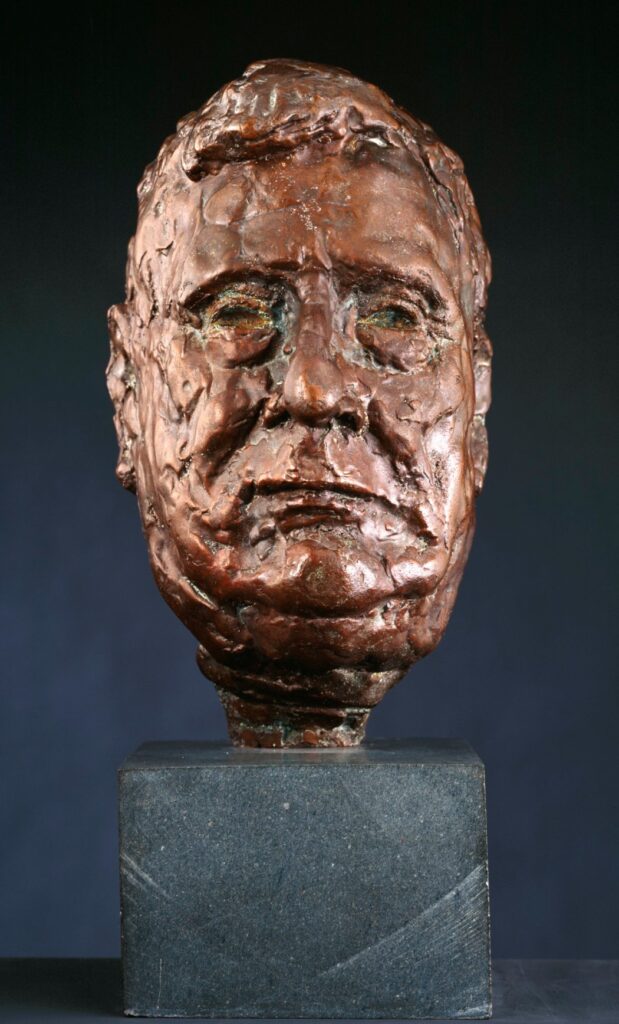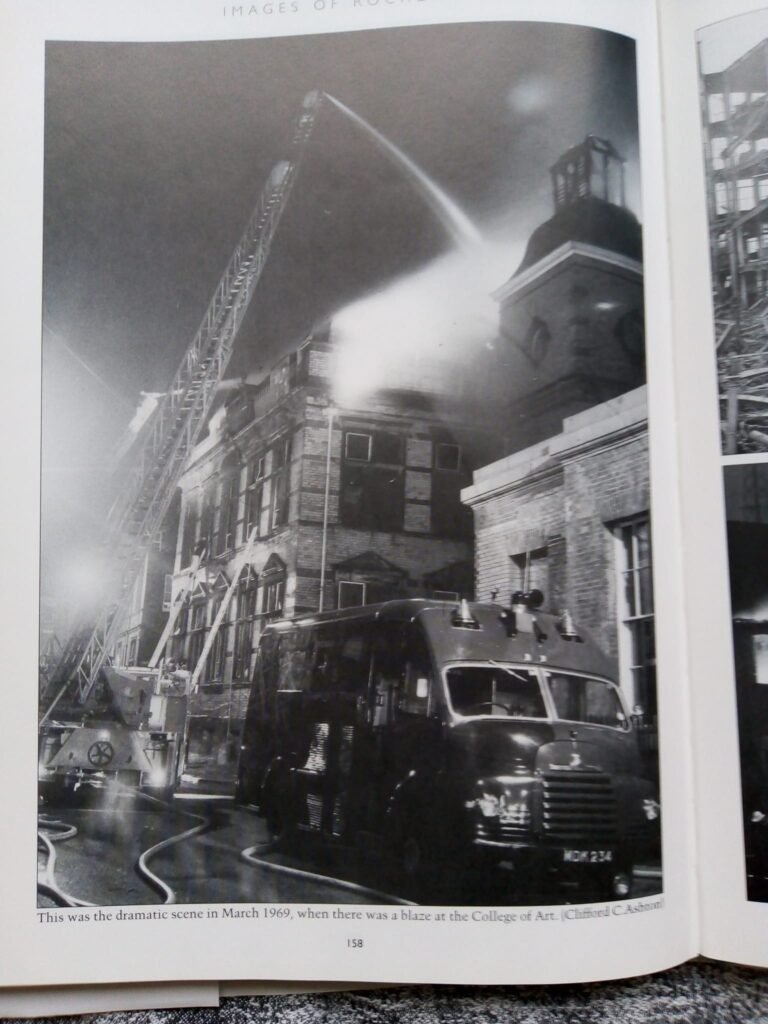Leo Solomon and the Rochdale Art School

Towns in this country have never had Schools of Music or Schools of Architecture but Schools of Art
became an important part of the civic landscape from the 19 th century in the United Kingdom. Many
evolved from the Mechanics Institutes, offering social mobility or recreational education for a wide
population. They were opened at the same time and in many cases alongside museums and libraries
and this remained the case until the late 1980’s, 157 of them in 1959 dedicated to the teaching and
learning of art and design. And this was the case in all regions. Many Lancashire and Yorkshire towns
had its own school of art and these catered for those not only going into art and design careers but
others with interests in music and poetry. From the 1980’s though, art schools were merged
between towns or became part of polytechnics and then university departments, the majority
closing their doors on many fine buildings.
And one of these fine buildings was the Rochdale School of Art. It shared its space with the building
of the old Rochdale Technical School which opened in 1893 between Nelson Street and Fleece Street
now occupied by a car park. The building was extended to include the School of Art in 1906. The area
was locally known as The Gank and its development improved that part of town, built as it was with
red Accrington bricks and with many fine features including stained glass interior windows and
sculptured friezes over some of the doors. On steep slopes, the whole building had numerous
entrances on Nelson Street, King Street, and Church Lane.
The first head of the School of Art was Henry Barrett Carpenter whose book on colour theory
informed the curriculum, but its heyday was after the second world war when the country was
looking to rebuild in manufacture and the arts. The School of Art offered weekend non-certificated
courses as well as foundation and A level classes in conjunction with Rochdale College but more than
that, the place caught the zeitgeist of the 1960’s with a vitality and productive excitement around
the place, camaraderie between students and staff and a sense of openness and creativity. The
building was a rabbit warren of rooms crammed with work underway, the corridors like exhibition
spaces covering a wide range of arts – film, textiles, photography, sculpture and fine arts – all
represented across the syllabus with music and poetry also a part of the experience.
The staff at the School of Art was drawn from far afield but there were a number of local artists who
also taught there. Apart from the Rochdale Sculptors which included Walter Kershaw, Peter
Wolstenholme and Tony Smart (see Streetwise March 2017), some who worked or studied at the
Rochdale School of Art went on to national and international careers such as the photographer
Elaine Constantine, the artists Julian Smith and Jack Crabtree, artist and fashion designer Stuart
McKenzie and art writer and curator Jenny Lomax OBE.
Much of the prominence of the Rochdale School of Art as a local creative force and one that lasted
for decades, can be traced back to 1953 when Leopold Solomon was appointed as Principal. He took
what he had learned as master-in-charge of the Barrow School of Art and from a low point helped
the Rochdale school flourish, growing it from just eight enrolled students to 190 full-time and 550
part-time students in a decade, with twenty-six staff teaching a multitude of art techniques from
painting, sculpture and drawing to lithography, typography and silversmithing. Solomon knew Dylan
Thomas from his time in Wales and became a good friend of L S Lowry, using his friendship to have
Lowry give advice to the students in Rochdale. But he was more than that. He was an effective and
approachable manager, writing “It is no use being a demagogue in an ivory tower when you are
dealing with young, intelligent people whose future is in your hands.” During his time in charge, he
was able to balance management and his links with the town’s Education Committee with creativity,
and he not only raised the status and climate of the institution but was a notable painter and
sculptor in his own right, casting a bronze bust of L S Lowry and exhibiting nationally, being selected
for the prestigious Royal Academy exhibition in the summer of 1967. Rochdale School of Art, with
Solomon’s lead, established one of the largest foundation courses outside the then polytechnics and
attracted students from across the country, Leo Solomon remaining principal of the college until his
death at the age of 56 in 1976.

The Rochdale School of Art however met with a sad ending. A fire swept through part of the building
in March 1969 and much was lost although parts were re-built and the teaching continued although
later transferred to Rochdale College. The original building closed in 1989 and was subsequently
demolished, making way for a car park. A terracotta frieze, depicting spinning and metal working
was preserved and is now displayed above the car park where once stood an important part of the
cultural history of the town.